Written by Andrew Akhaphong, MS, RD, LD
Updated May 1, 2024
The 2020-2025 Dietary Guidelines for Americans recommend that at least one-half of total grain consumption comes from whole grain sources.
A review by the Centers for Disease Control and Prevention between 2013-2016 found Americans consumption of whole grains accounted for an average of 15.8% of total grain intake, with the remainder from refined grains.(2) Additionally men tend to consume less whole grains than women.(2)
The benefits of consuming whole grains include its sources of insoluble and soluble fiber. Soluble fiber is digestible; it gels up in the gut and forms bulk to your stool. It absorbs excess cholesterol, carbs, and other nutrients and byproducts in excess. Insoluble fiber is indigestible – it draws out water into your gut to reduce constipation. It also acts as food for your gut bacteria to support serotonin production, improve insulin sensitivity, and reduce inflammation.
To learn more about insoluble and soluble fiber, visit the link below.
https://www.healthline.com/health/soluble-vs-insoluble-fiber
Choosing to consume refined grains instead may be more accessible for persons instead of whole grains. This may be due to price differences or food aversions towards whole grains (ie. dislike of texture).
One such example is white rice. White rice is a staple grain in many cultures including Vietnamese, Ethiopian, Iranian, and Argentenian. White rice is affordable and an easy way to feel fuller when food scarcity is present. In diet culture of the West, white rice is viewed as empty carbohydrates; nothing more than providing calories which may lead to weight gain and its associated health risks.
Though refined grains often are viewed as a hindrance towards optimal health, they can be beneficial in some dietary patterns.
Enrichment of Refined Grains

Around 1938 the United States Food and Drug Administration required all refined grains to be enriched with nutrients including the B Vitamins.(3)
Pellagra is a disease caused by the deficiency niacin, a B vitamin. Pellagra is characterized by the “4-Ds”: diarrhea, dementia, dermatitis, and death. In 1928 it was estimated there were 230,000 cases of Pellagra in the United States which resulted in more than 7,000 mortalities.(4) It was not until 1937 when Conrad Elvehjam discovered persons with pellagra who ate niacin-rich foods had improved symptoms and recovery; therefore, niacin became one of the nutrients enriched in refined grains due to how common they are eaten such as pasta, white rice, and white bread.(4)
Nutrient Benefits of Enriched Grains
Products like Snack Factory® Pretzel Crisps is made with enriched wheat flour. In addition to niacin, enriched grains are fortified with the B vitamins thiamin, riboflavin, folic acid, along with the mineral iron. All the B vitamins are essential for proper metabolism of fat, protein and carbohydrates, but they are so much more too!
Niacin – an analysis off niacin supplementation at 1 to 3-grams per day reduced LDL (bad) cholesterol and increased HDL (good) cholesterol suggesting the nutrient has heart health benefits.(5)
Thiamine – A deficiency of thiamine is called beriberi which is characterized by neurologic impairments (ie. difficulty walking or loss of feeling in hands/feet), paralysis, or irregular heart beats.(6) Thiamine is also necessary for the blood vessels to produce nitric oxide, a natural vessel relaxant. Nitric oxide helps reduce blood pressure by allowing effective flow throughout the body.(6)
Riboflavin – is an ingredient for the immune system to produce white blood cells. Some studies show a deficiency in riboflavin can lead to increased recovery time from illness or injury. Riboflavin also improves iron absorption into the blood to reduce the risk of anemia and optimize oxygen transportation to the body.(7)
Folic Acid – neurological disorders may develop in a newborn due to low folic acid intake of the mother. Though it is difficult to consume little folic acid from the diet its absorption is dependent on many factors including body temperature.(8) Therefore, consuming enriched grains like white bread or cold cereals such as rice puffs will ensure there is enough folic acid circulating in the gut to be absorbed.
Spicy Sausage and Beer Cheese Dip
By Snack Factory®
What You Need
- Snack Factory® everything bagel pretzel crisps
- 16-oz hot italian sausage
- ¾ cup beer
- 2, 8-oz block of cream cheese
- 3-¼ cup shredded cheddar cheese
- ½ teaspoon garlic powder
- Sliced green onions for garnish
What You Do
- Preheat oven to 350F degrees and prepare a baking dish with cooking spray. Set aside.
- Cook sausage and drain on a paper towel. Set aside.
- In a food processor, combine 2-¼ cup of shredded cheddar cheese, beer, cream cheese, and garlic powder. Blend well until smooth. Fold in the sausage and the remaining cheese.
- Spoon the mixture into the baking dish. Bake for 20-minutes. Garnish with green onion and serve with pretzels.

References
- U.S. Department of Health and Human Services, U.S. Department of Agriculture. 2020-2025 Dietary Guidelines for Americans, 9th ed. 2020. Accessed May 1, 2024. https://www.dietaryguidelines.gov/resources/2020-2025-dietary-guidelines-online-materials
- Centers for Disease Control and Prevention. Contribution of whole grains to total grains intake among adults aged 20 and over: United States, 2013-2016. Updated July 9, 2019. Accessed May 1, 2024. https://www.cdc.gov/nchs/products/databriefs/db341.htm
- Pike A. A brief history of food fortification in the U.S. Food Insight. April 28, 2023. Accessed May 1, 2024. https://foodinsight.org/is-food-fortification-necessary-a-historical-perspective/
- Clay K, Schmick E, Troesken W. The rise and fall of pellagra in the American south. NBER Working Paper Series. 2018. http://www.nber.org/papers/w23730
- Goldie C, Taylor AJ, Nguyen P, McCoy C, Zhao X, Preiss D. Niacin therapy and the risk of new-onset diabetes: a meta-analysis of randomised controlled trials. Heart. 2016;102(3):198-203. https://heart.bmj.com/content/102/3/198.short
- Smith TJ, Johnson CR, Koshy R, Hess SY, Qureshi UA, Mynak ML, Fischer PR. Thiamine deficiency disorders: a clinical perspective. Annals. 2020; 1498(1):9-28. doi.org/10.1111/nyas.14536
- Suwannasom N, Kao I, Pruß A, Georgieva R, Bäumler H. Riboflavin: the health benefits of a forgotten natural vitamin. Int J Mol Sci. 2020;21(3):950. doi: 10.3390/ijms21030950
- Zadarko-Domaradzka M, Kruszyńska E, Zadarko E. Effectiveness of folic acid supplementation recommendations among Polissh female students from the Podkarpackie region. Nutrients. 2021;13(3):1001. doi: 10.3390/nu13031001





